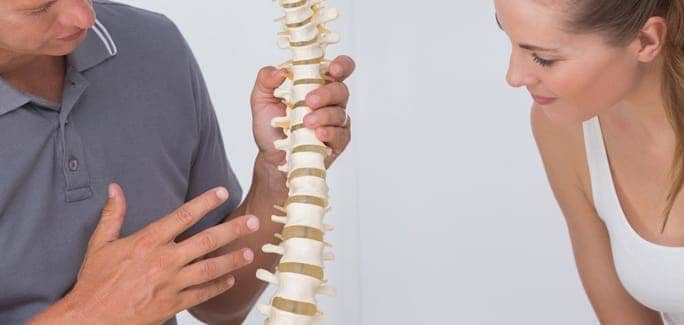For anyone who has experienced acute or chronic back pain, you know how pervasive it can be, impossible to ignore yet difficult to treat. There are a number of myths about back pain that sufferers tend to buy into, but not all of them hold water from a therapeutic point of view.
Back pain often does not originate in your back at all, but comes from other issues, including:
- Poor postural habits
- Faulty movement mechanics
- Deficient walking or running gait
- Sedentary lifestyle
- Stress
- Overweight or obesity
- Overuse syndromes
- Lack of exercise
If you are suffering from back pain and want to resolve it for good, the back pain specialists at NYDNRehab can help. We are equipped with state-of-the-art diagnostic tools, and we take a holistic approach to treating and resolving your back pain. You do not have to resign yourself to a lifetime of back pain. Contact NYDNRehab today, and see why we are the foremost back pain clinic in NYC.























































